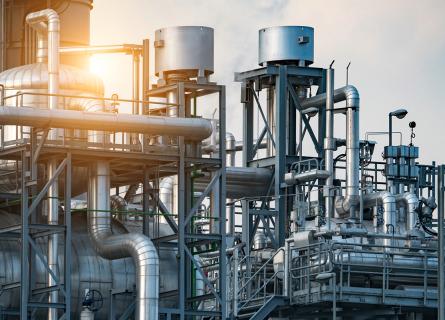
4 steps to improve safety of machinery
Each workplace should be a safe place for workers to perform their duties. Many industrial workplaces are on the right track to decreasing occupational accidents. However, there are countless accidents and injuries unfortunately still happening to workers globally each year. Accidents obviously have a very negative impact for both the person injured and the company.
Needless to say, the costs of accidents are a waste of potential productivity. The prevention of occupational accidents is the ideal scenario and much less costly than when accidents occur. Companies need to take actions to prevent accidents completely; all the necessary actions may not have yet been taken.
Focus on safety of machinery – Benefit from the impact of Occupational Safety and decrease costs due to accidents
One common factor which causes accidents and injuries is the use of machinery. Even though the safety of machinery is regulated by different laws and regulations around the world, machinery related accidents still happen in the industry and many workplaces. Focusing on the safety of machinery and improving it has a big positive effect on productivity, improving occupational safety.
Safety of the machinery, both new and old existing machines, can be improved. Therefore, responsibilities of the safety of machinery must be clear, and adequate expertise must be provided in the process.
Four steps to ensure safety of machinery management
To ensure the safety of your machinery is well managed, check that the following steps are in place:
1. Know your responsibilities
In most cases the machine manufacturer is responsible for guaranteeing that the health and safety requirements of the machinery are met. However, the company and employees who are operating the machine or the assembly of the machinery also have specific responsibilities for safety.
2. Know your machines and assembly of machinery
Companies should identify if they have machines or the assembly of machinery which they have modified themselves. If they have, it might mean that they are now considered machine manufacturers. Therefore, responsibilities may differ for the company that has bought a complete machine or complete assembly of machinery.
3. Know the safety requirements
A comprehensive risk assessment on the machine and its functions is needed to notice all the hazards and risks that might occur within the machine. This requires expertise as well as an understanding of all nuances of all the relevant laws and regulations of safety.
4. Clarify safety requirements and instructions to all employees
Ensure that all your employees, especially those who are working with the machines, know why safety guards are in place, what safety equipment is required and how to use the machine. These are crucial elements of a company’s safety culture. If these simple steps are not followed, accidents may still occur.
When a company is concentrating on their main business and key operations, it might be difficult to keep up with all the relevant requirements. Focusing on the safety of machinery and occupational safety has to be a company’s fundamental concern. It is time to increase the level of occupational safety, and instead use the costs incurred from prevented accidents for development and better productivity.
We have the required safety expertise supported by strong technical process knowledge. We offer safety consulting services for all sizes of organisations and companies. Have a look at our success stories and learn how by improving the safety of machinery we created safer workplaces for our clients.
Did you know? We have performed 2500+ HSE risk assessments during the last decade



